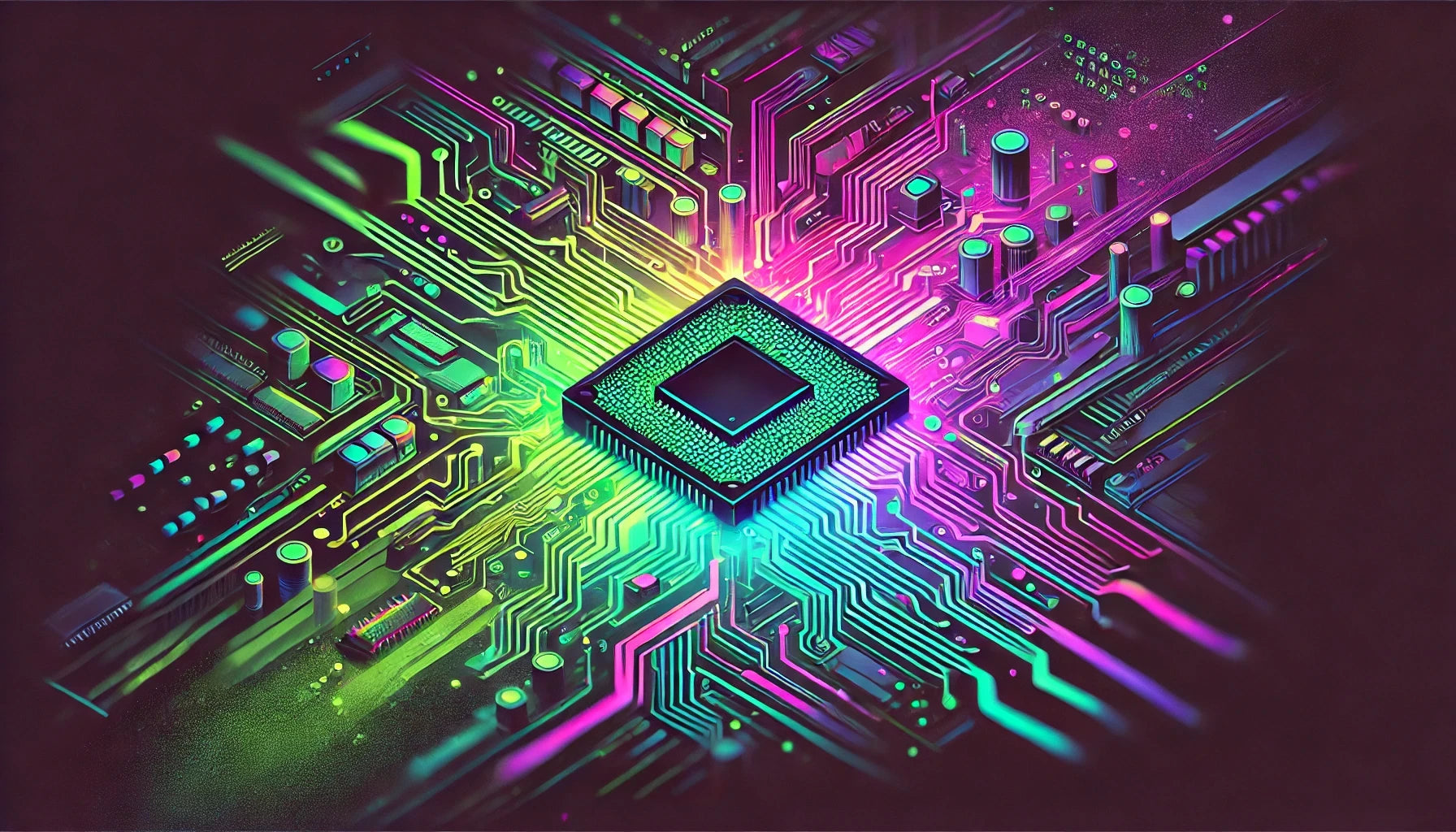Overview of Device Support for GNU Make
- GNU Make is a versatile tool widely supported across different operating systems, which include numerous devices utilized by firmware engineers.
- It is inherently flexible and platform-agnostic, making it exceptionally adaptable for various development environments, including embedded systems and cross-compilation setups.
Supported Operating Systems
- Linux: GNU Make is fully supported and frequently used in Linux environments, forming a critical part of the build systems for many software packages.
- macOS: Extensive support is provided for GNU Make on macOS, enabling developers to utilize it seamlessly within Xcode or homebrew environments.
- Windows: Although not native to Windows, GNU Make can be run using compatibility layers such as Cygwin or the Windows Subsystem for Linux (WSL), providing essential build capabilities in this OS.
Integration with Development Tools
- GNU Make integrates effectively with various Integrated Development Environments (IDEs) and text editors, facilitating streamlined workflows across multiple platforms.
- It supports collaboration with other tools such as version control systems (e.g., Git), continuous integration pipelines, and testing frameworks, enabling comprehensive build and deployment processes.
Embedded Systems and Cross-Compilation
- Embedded developers frequently leverage GNU Make in their toolchains to manage complex build processes that target microcontroller units (MCUs) and other embedded devices.
- It efficiently handles cross-compilation scenarios, allowing firmware engineers to compile code on a host system for execution on a different target architecture.
Customization and Extensibility
- GNU Make offers significant customization capabilities via Makefiles, enabling developers to define tailored build rules, automate complex tasks, and optimize build efficiency.
- Its extensibility is enhanced by using shell commands, scripts, and plugins, allowing integration with other languages and build systems as required by specific projects.
Community and Resources
- The wide adoption of GNU Make has fostered an extensive community, offering abundant resources, tutorials, and support forums for resolving development challenges.
- Official GNU documentation and numerous online articles provide in-depth guidance on maximizing the potential of GNU Make’s features and capabilities within various development ecosystems.


























